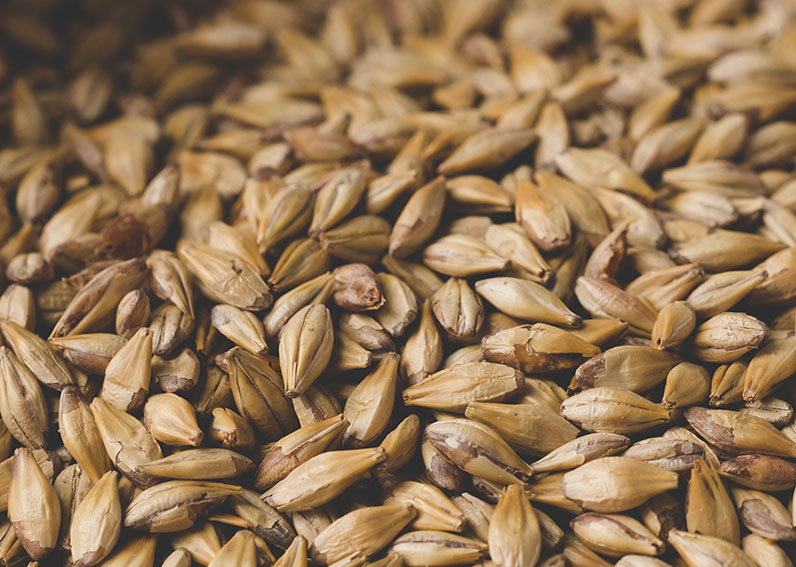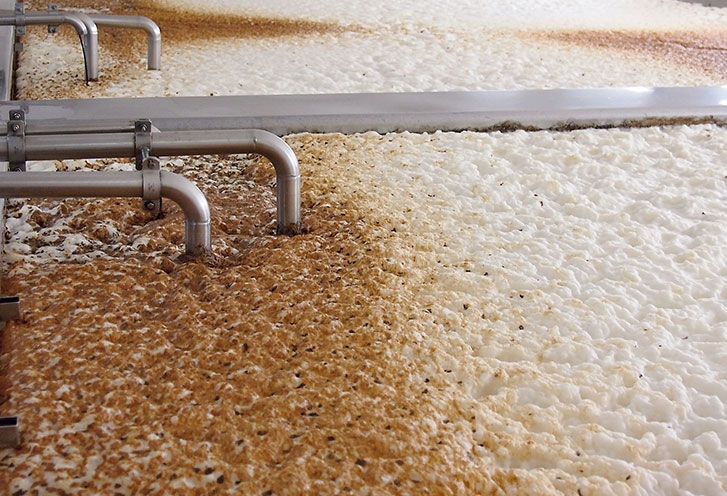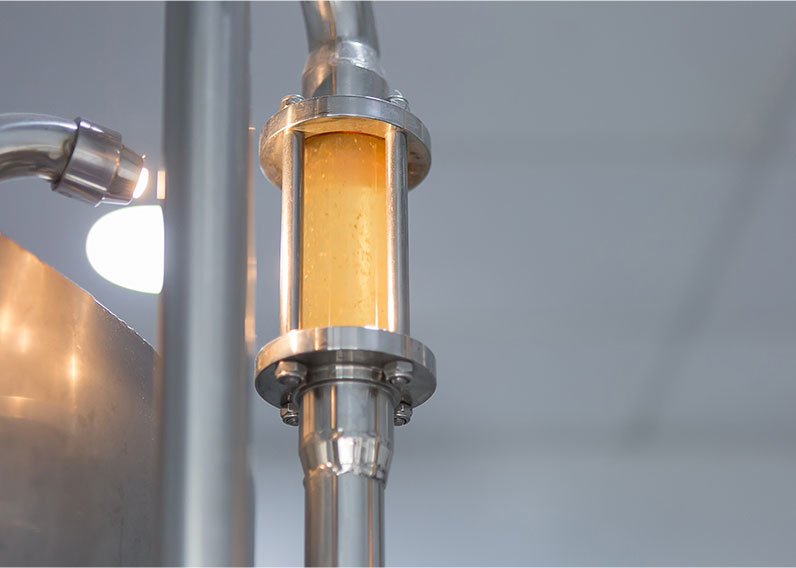FAQS
These times raise some questions, and we have some answers. At least about beer.
Frequently Asked Questions
Piton Beer® is manufactured by Heineken Saint Lucia Ltd., St Jude’s Highway, Vieux Fort, Saint Lucia.
Enjoy Piton Beer® responsibly. Share with 18+ only. Call us at +17584596200 or write us at info@pitonbeer.com



